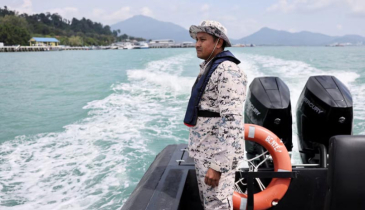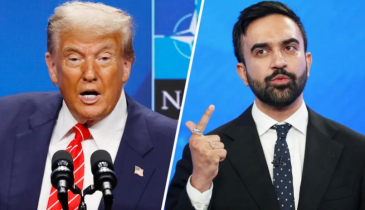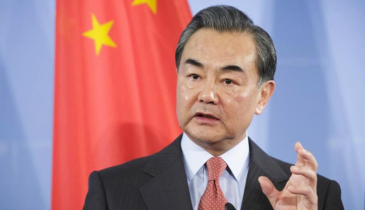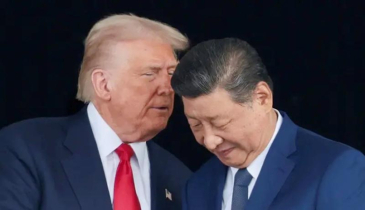India-Pakistan's drone battles mark new arms race in Asia
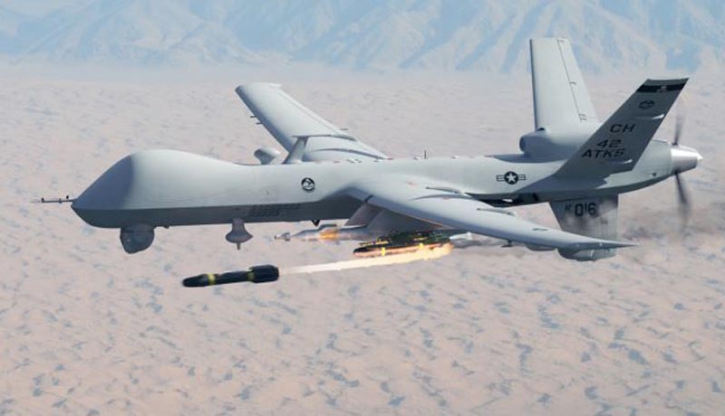
The Indian and Pakistani militaries have deployed high-end fighter jets, conventional missiles and artillery during decades of clashes, but the 4 days of fighting in May marked the first time New Delhi and Islamabad utilised unmanned vehicles drone at scale against each other.
Although hostilities ceased following a US-brokered ceasefire, the use of unmanned aerial vehicles (UAVs) has ushered in a new technological rivalry between the two nuclear-armed nations. Combined, the two countries spent more than $96 billion on defense in the past year. Now, analysts say both governments are rapidly ramping up investment in drones as a strategic tool that allows for precise targeting without endangering personnel or triggering full-scale war.
India is accelerating its focus on domestic drone development. According to Smit Shah of the Drone Federation of India—an organization representing over 550 UAV companies—the Indian government is poised to triple its pre-conflict investment in drone technology, potentially spending up to $470 million over the next one to two years.
This projection, previously unreported, aligns with India’s recent approval of approximately $4.6 billion in emergency military procurement funds. Sources within India’s defense establishment have indicated that a portion of this funding will be allocated specifically for surveillance and combat drones.
Traditionally slow-moving, India’s defense procurement process is now showing signs of rapid transformation. Vishal Saxena, Vice President of UAV manufacturer ideaForge Technology, noted that drone producers are being called in for trials and demonstrations at an unprecedented pace.
Meanwhile, Pakistan is also prioritizing drone acquisition, particularly to reduce reliance on its limited fleet of high-value fighter jets. A Pakistani defense insider revealed that the Air Force is actively seeking to expand its UAV capabilities to minimize the risk to manned aircraft.
While both nations deployed advanced 4.5-generation fighter jets in the recent skirmishes, Pakistan faces a capability gap. Its air force fields only about 20 Chinese-made J-10 fighters, whereas India operates approximately three dozen French-built Rafale jets.
To counterbalance this disparity, Pakistan is expected to deepen its existing defense ties with China and Turkey, focusing on collaborative efforts to boost its domestic drone development, according to Oishee Majumdar of defense intelligence firm Janes.
.png)



